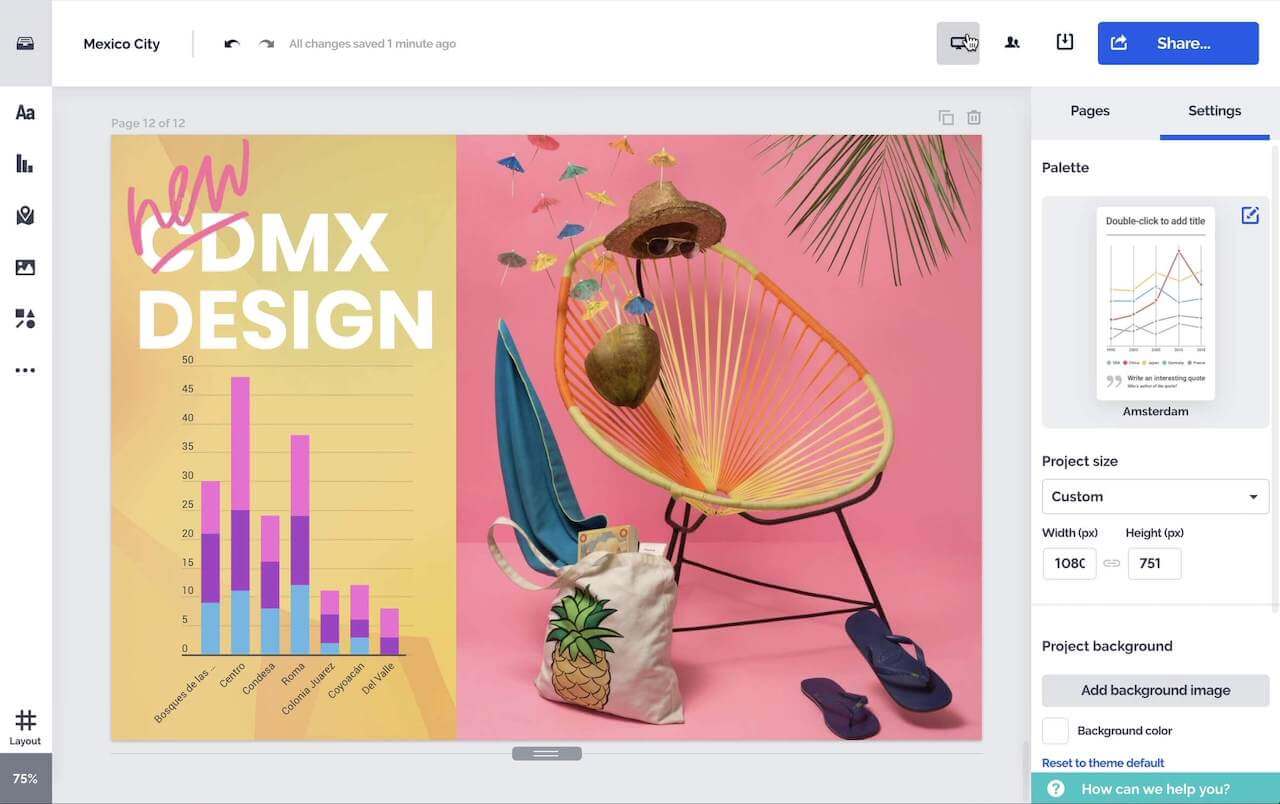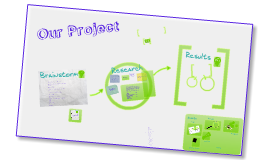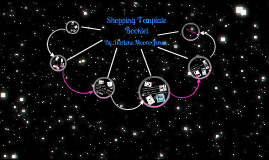Booklet
Transcript: INSIDE MY HEAD (FREE POEM) The night peevishly in silence (a) Here on the grass I sit but my heart stood (b) I hear my tiny thought tingle (c) It fluttered in my head like the wings of a bird (d) But, will this peace that I seek find me? (e) Even the sea is a lion that dares the dry land (f) Tick tock the clock sounds endlessly (g) Everyday was never a happy day (d) Fightings fightings killings (e) What a sad joy (f) More dead at hand. Souls finding the sole way to live (e) Whilst every smile was a pretense, there was more pains to harbour (g) The world drift slowly to its extreme end every seconds (h) But, will man wait, patiently , till love and unity king again. (d) Many people are worried because the don't want to Abstain. (d) And they don't to be responsible for staying safe in their homes.(i) Until one day they will stay alone.(i) Today I will be happy (Free poem) Today will be a good day. I won't complain and moan, About the things that I don't have, Count curses all alone. Instead I'll count my blessings, Thank Him for what is mine, Appreciate what He has done, To make my life sublime; For others do not have the things, That I just take for granted, Good food, good clothes, a place to live, It's really as I planned it. Though everything is not the way, I'd have it, truth to tell, He's satisfied my every need, Most wants supplied as well. I have all I really need. I really can't complain. Though some have more, it's still just fine, For we aren't all the same. We each are blessed according to, What's best for you and me. It's personal and custom made, For personalities. Thank You Dad!! To a dad who is terrific,(a) To a dad who’s real neat. (b) To a dad who makes the best of things, (c) Even when they’re not so sweet! (b) To a dad who’s growing older, (d) To a dad who’s going gray.(e) To a dad who just gets smarter, (d) It would seem from day to day! (e) My Favorite Fruit (Cinquain) Strawberries Ripe, Juicy Beckoning, Dripping , Biting A herald of springtime, Fruit I wrote this poem for the people who like strawberries as much as I do. Cold Winters (Haiku) Winter fights to stay. (5) Sweet Spring always wins her way.(7) Flowers bloomed today! (5) Spring “Flowers and Happiness” ( Haiku) Spring brings happiness (5) Flowers, songbirds, and green grass.(7) God's love on display. (5) As I said before, when spring comes, people get happy because winter is over. This poem is for all the people who have gone through those moments of extreme cold. And when winter passes they fill very happy because the spring has arrived. In Quarantine (Limerick) The Quarantine makes people sad (a) But working at home makes them glad(a) Some may even pout (b) It can all work out (b) It drove the wife stark raving mad (a) I am writing this to all the people in the world who have to stay at home and have to work through the computer. By: Sofia Saa 7C Litary Devices: 1. Inside my head ....................................................1 Free Poem 2. Today I will be happy............................................2 3. Thank you dad!!........................................................3 Cinquain: 1. My favorite fruit........................................................4 Haiku: 1. Cold Winter................................................................5 2. Spring “Flowers and Happiness”.........................6 Limerick: 1. In Quarantine..............................................................7 Proverb 1. Time flies when you’re having fun......................8 THE BEST POEMS THANK YOU FOR YOU ATTENTION!!! Time flies when you’re having fun (provreb) I hope you like my poems!!! This Graphic provreb is ferry fun because when you are having the time flies, but when you are bored the time passes super slowly. I wrote this poem for people who live in very cold places and who want spring to come and warm them up. I wrote this poem for my dad, because sometimes we can behave in a bad way with them and we don't realize how nice they are and how important they are in our lives. Index: I wrote this for everyone in the world, because sometimes we are so ungrateful and don't realize all the nice things we have around us. I am writing most of these poems for everyone, because I want to leave a lesson through them. I wrote this poem for myself, because sometimes I feel very bored, lonely, etc.

















